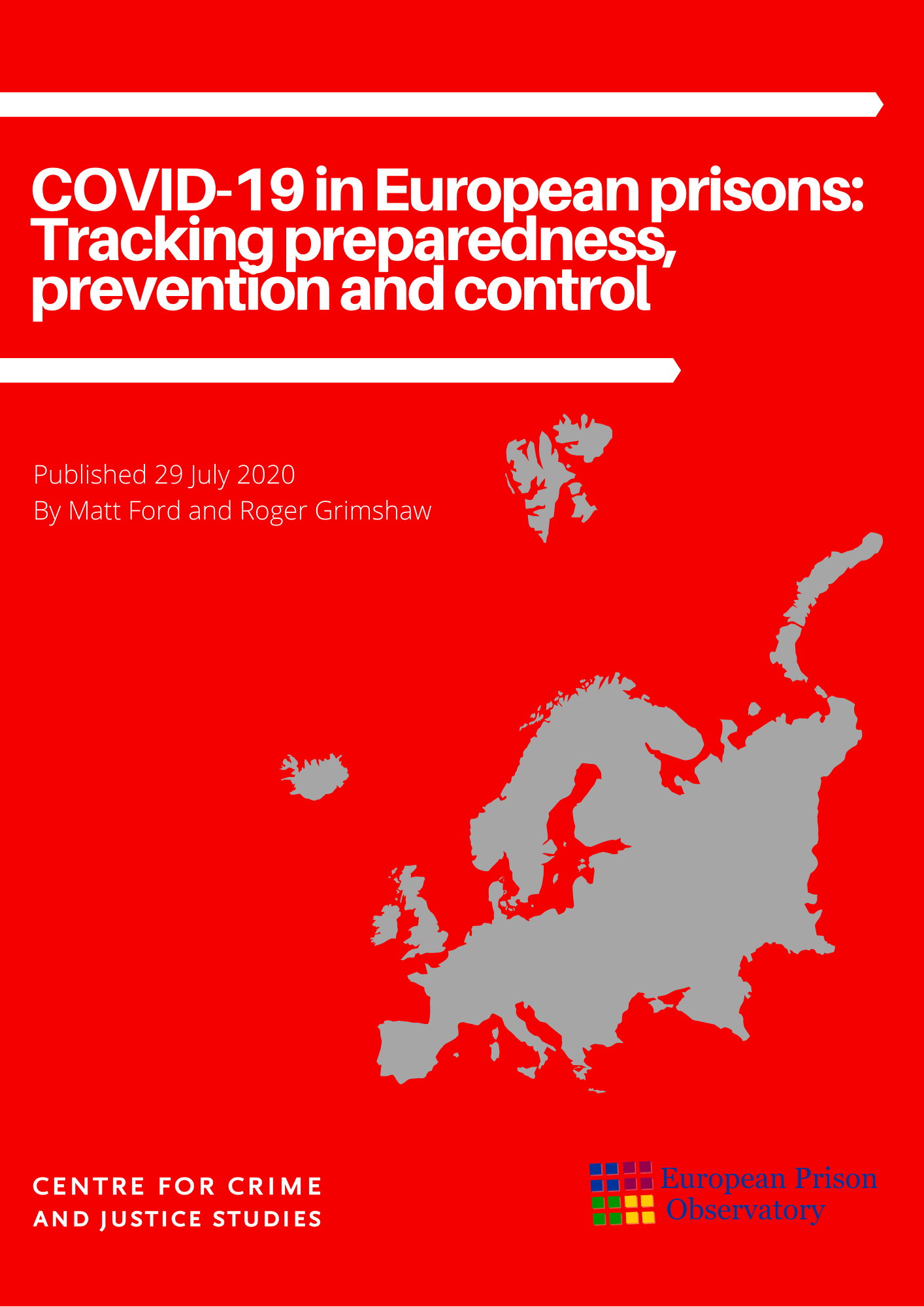Are COVID-19 policies in European prisons meeting best practice?
Our latest report – COVID-19 in European prisons: Tracking preparedness, prevention and control – presents the raw data from a set questions asked to representatives from institutions in a selection of European countries about how the COVID-19 pandemic in prisons in their respective jurisdictions is being managed.
The questions are based on a checklist developed by the World Health Organisation (WHO) to help support policy-makers and prison administrators implement the WHO’s interim guidance on preparedness, prevention and control of COVID-19 in prisons and other places of detention.
The questions were part of a larger survey which collected information on prison populations, prison healthcare arrangements, incidence and prevalence of COVID-19 infection in prisons, and emerging problems and responses in prisons as a result of COVID-19.
To reflect the fast pace of developments during the pandemic, we have sought to release data as soon as it is in a publishable form. You can find infographics containing information from other aspects of the survey for each jurisdiction here.
The information in this document is intended to form the basis for scrutiny and accountability, as well as to inform our developing understanding of the various responses to the pandemic, rather than as the final word on what has happened. The data is part of an evolving story that should be seen in the whole.
We will deepen this understanding throughout 2020 including through a series of webinars.
What the data covers
The data in the report covers the following areas:
- human rights - to ensure good principles and practice in prisoner treatment and prison management;
- risk assessment and management - to prevent COVID-19 from spreading in prisons and to manage the associated risks;
- referral system and clinical management – to enable identified cases to be appropriately managed and receive adequate health care;
- contingency planning – to check that contingency plans are in place and are adequately communicated;
- training – to equip prison staff with skills to deal with COVID-19;
- risk communication – to ensure message coordination and consistency, as well as their accuracy, clarity and relevance in prison settings;
- prevention measures – to assess prevention and control facilities in prison;
- case management – to ensure that cases are appropriately managed.
This data will be of particular interest to policy-makers, civil servants, practitioners, public health specialists, researchers, prisoner advocacy organisations and and scrutiny bodies such as inspectorates.
